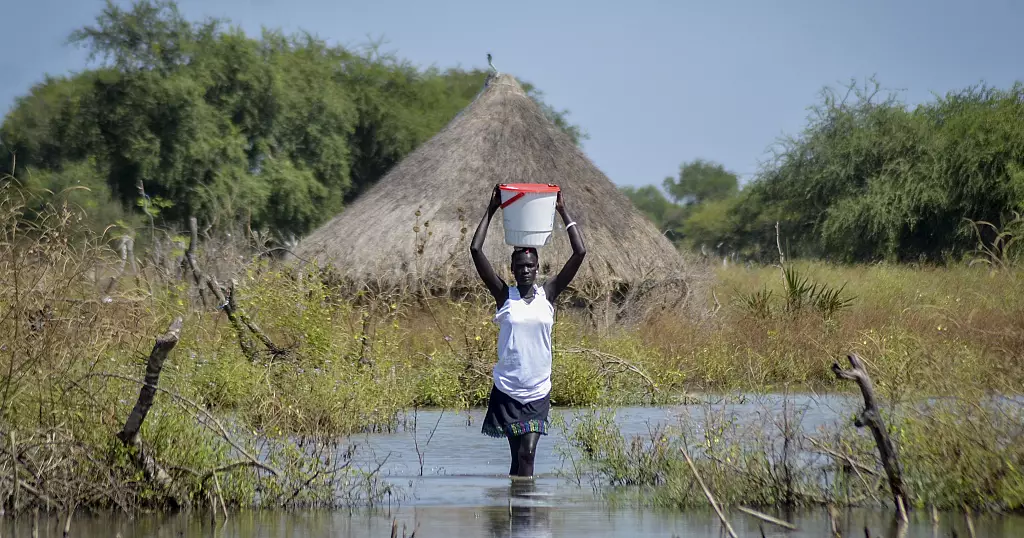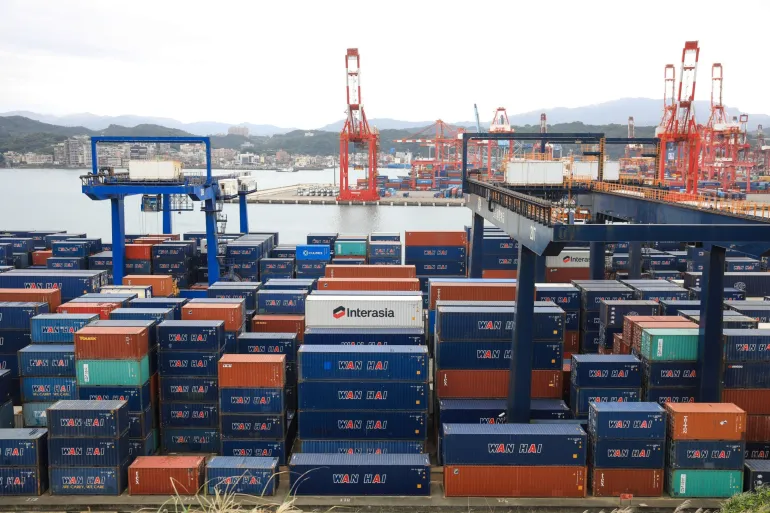For the fourth year in a row, South Sudan has experienced unprecedented rains and flooding. South Sudanese are fearful that the climate crisis will worsen.
A large portion of the population is at risk of starvation as a result of crop damage caused by October flooding.
“Extreme flooding has affected more than 1 million people in South Sudan,” warns the World Food Programme’s deputy country director for South Sudan.
The amount of land that is permanently under water has tripled, worsening an already precarious situation with food security and putting 2.9 million people at risk of starvation.
According to a report published by the Food and Agriculture Organization, the proportion of people facing severe food emergencies ranging from gaps reflected by high or above-usual acute malnutrition to starvation (IPC Phase 3 [crisis] or above) is at its highest level ever.
The Integrated Phase Classification (IPC) is a severity scale for food emergencies.
It is divided into five tiers based on common agreement (governments and other humanitarian actors):
Phase 1: “Households are able to meet essential food and non-food needs without resorting to unusual and unsustainable methods of obtaining food and income.”
Phase 2: “Households consume a minimum amount of food that is adequate, but they are unable to pay for some necessary non-food expenses without resorting to stress-coping mechanisms.”
Households can either:
- Have food consumption gaps reflected in high or above-average acute malnutrition; or
- Can only meet minimum food needs by depleting essential livelihood assets or employing crisis-coping strategies.
Households in Phase 4:
- Have large food consumption gaps, resulting in severe acute malnutrition and excess mortality; or
- Are capable of bridging large food consumption gaps, but only through the use of emergency livelihood strategies and asset liquidation.
Phase 5: Even after exhausting all coping strategies, households have an extreme lack of food and/or other basic needs. There is evidence of starvation, death, destitution, and extremely critical acute malnutrition levels. (The area must have extreme critical levels of acute malnutrition and mortality for Famine Classification.)
Providing assistance to vulnerable communities
“Everything we ate has been ruined! My sorghum fields can be seen. Hunger results from floods because they eat up all of our food. If we don’t have food, how can we live?” Sorghum farmer Nyadeng Majok laments the circumstance.
While some organizations have received funding to help them support communities and build food resilience, current funding is insufficient to support all vulnerable communities during the climate crisis.
This issue should be addressed at the current UN climate summit (COP 27).
“People are able to take care of their food security even during a crisis wherever we have been able to implement projects and where we are building community resilience. But as I said, there isn’t enough funding. To ensure that the 65% of South Sudanese people who are currently hungry have access to food, we must do a lot more.”
The World Food Program estimates that during the upcoming lean season, 1.4 million children, or about two-thirds of the population, will experience severe food insecurity.








